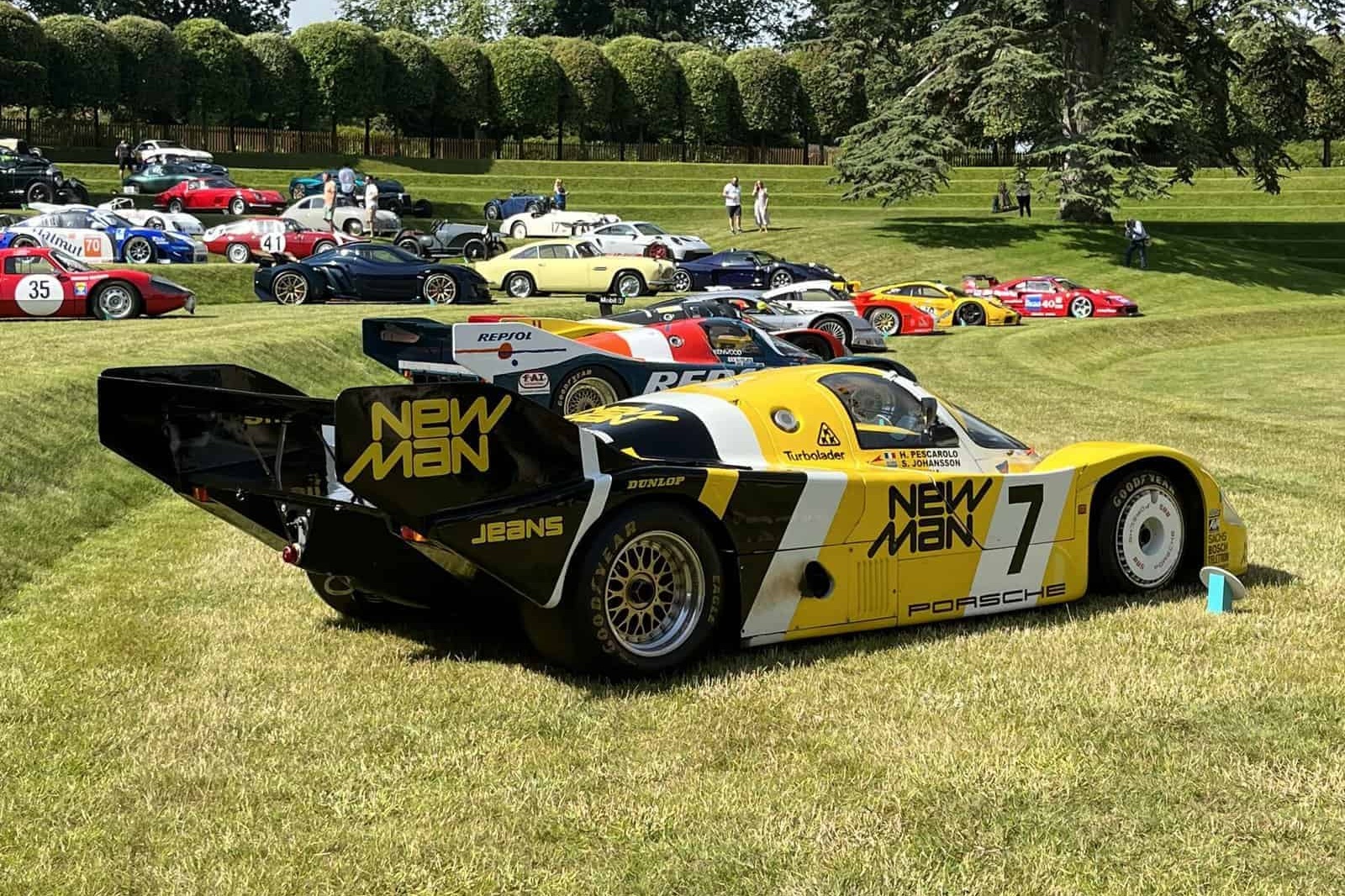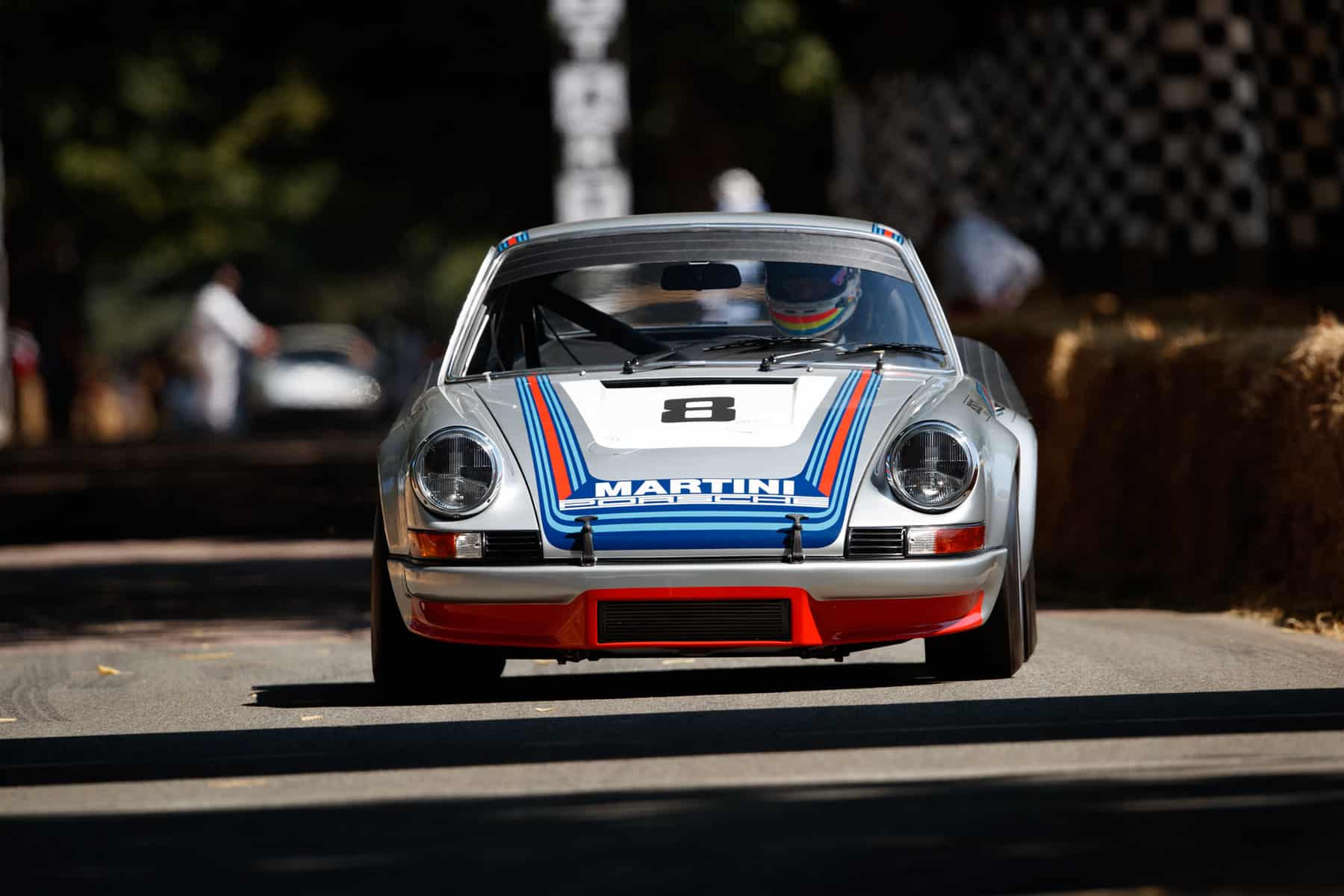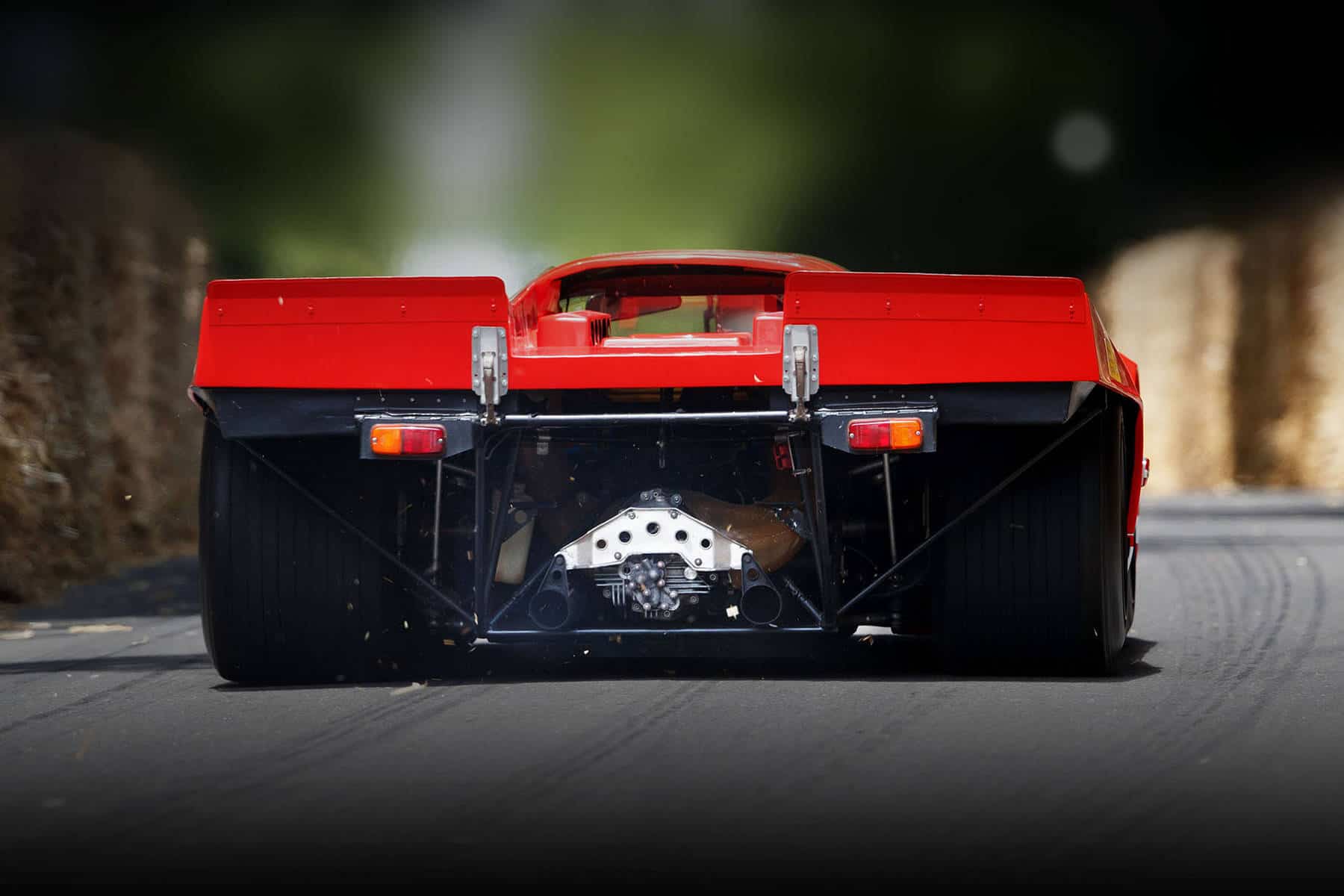
The Rennmezger – Excellence Was Achieved
Remembering Hans Mezger, the engineer behind Porsche success on road and track
BY: KARL LUDVIGSEN
PHOTOS: PORSCHE ARCHIVE; WOUTER MELISSEN
From the 1960s through the 1980s, the man largely responsible for the successes of both road and racing Porsches was Hans Mezger. Mezger – pronounced “Mets-ger” – was a modest engineer who, however, had very little to be modest about. Sadly, the great Hans Mezger left us in June at the age of 90 years but his legacy is well worth remembering.
I have a soft spot for Hans Mezger, and for good reason. He was one of the few at Porsche—along with Ferdinand Piëch—who wrote to publisher L. Scott Bailey about my book, Porsche—Excellence Was Expected, upon its publication in 1978. His letter included the following:
“I think I do not have to thank you and Karl just for the book but even more for the excellent work you have done. ‘Excellence was expected’ also from you. This comprehensive book will be an important and helpful document. Karl’s book is an appreciation for me and my colleagues at Porsche, who designed and built race cars for many years.”
When Hans Mezger wrote these lines, one of his most impressive achievements for Porsche lay in the future. He was the planner and chief designer of the engine that McLaren used to score three straight drivers’ championships from 1984 through 1986 – one for Niki Lauda and two for Alain Prost, and two constructors’ championships on the trot in 1984 and 1985.
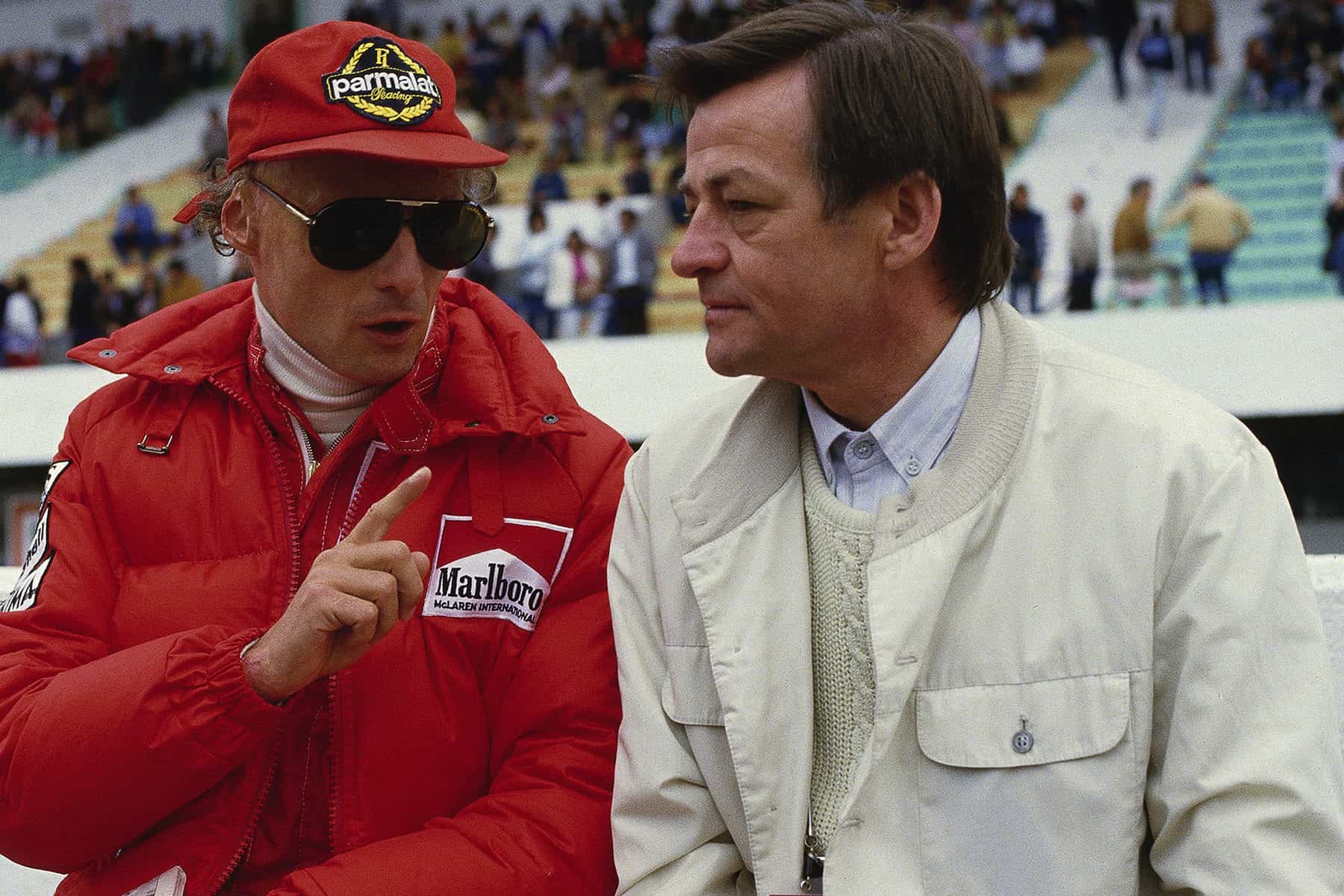
With Mezger’s turbo V-6 sponsored by Middle Eastern technology company, TAG, McLaren’s drivers scored seven poles, 18 fastest laps, and 25 victories in 68 starts.
Although generally known as an engine man at Porsche, from 1965 Mezger was in overall charge of racing-car design. That year a separate department for racing vehicle engineering, Konstruktion Rennfahrzeuge, was set up with Hans Mezger as its chief. He had overall responsibility for the eight-cylinder 908 and then the formidable flat-12 917, which between them won the sports-car world championships of 1969 through 1971.
Returning to his engine specialty, Mezger authored Porsche’s project 2623, better known as the TAG-P01 turbo, which won the championships mentioned above in McLaren’s Grand Prix cars. Later in the 1980s he designed the turbo V-8 for Porsche’s foray into CART racing. Regrettably this project was aborted before it had a chance to give of its best. Finally, for the Footwork Arrows team of 1991 Mezger led the design of the Type 3512 Porsche V-12 that turned out to be his least satisfying effort. Retiring from Porsche in 1994, Mezger published his autobiography in 2011 in cooperation with Peter Morgan.
Born on 18 November 1929, Hans Mezger first saw the world in the hamlet of Ottmarsheim on Stuttgart’s northern perimeter. Hans was the youngest of five children, whose parents ran a country inn. Art and culture were emphasized in the Mezger household. From an early age, airplanes and aviation fascinated the young Hans, who occasionally traveled to Kirchheim/Teck with a group of gliding enthusiasts from his neighborhood.
After graduating from the Stuttgart Technical Institute in 1956, Mezger faced a flood of job offers from a resurgent German industry. “There were 28 offers,” he related. “But Porsche was not among them. I wanted to join Porsche because the Type 356 sports car inspired me. So I applied, got an interview and the company offered me a job in diesel engine development. I didn’t even know that Porsche had such a thing. But I envisioned working on sports cars. They showed understanding and that’s how I started in the calculations department at Porsche.”
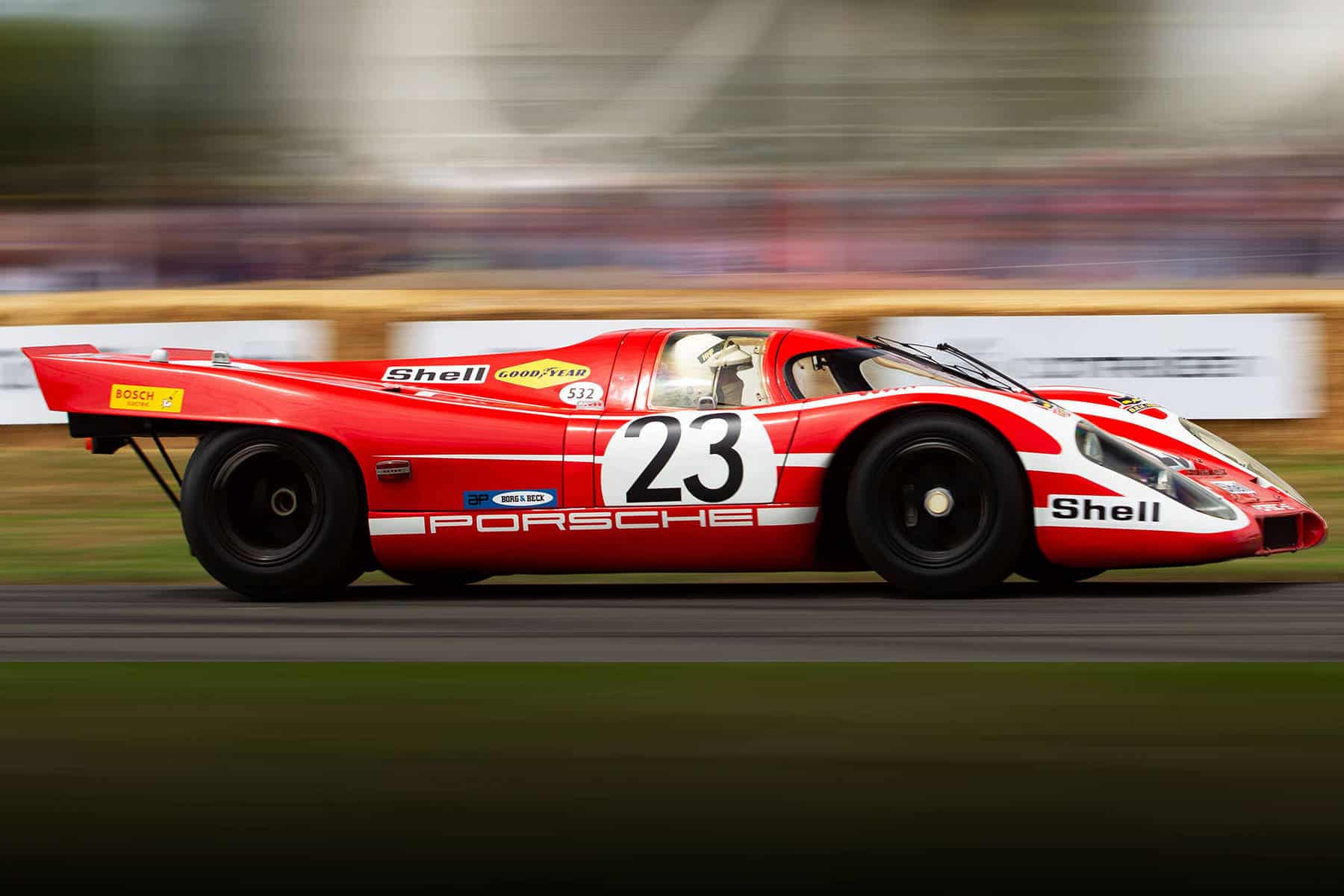
Joining Porsche on October 1, 1956, Hans’s first post was in Helmut Rombold’s calculation section of the design office, where he was responsible for camshaft design. A slender man of medium height with bold features and a gravelly voice, Hans Mezger was an engineer in whom his colleagues instinctively felt they could place their confidence.
Easily the most interesting of the engines that Mezger found at Porsche was the four-cam four-cylinder Type 547 that Ernst Fuhrmann designed for the racing Spyders. Enlarged for the Carrera 2s and Abarth-Carreras, the four bore the Type 587/2 designation. When the call went out for more power and improved durability to meet tougher competition in 1964, Hans Mezger stepped up to the challenge. He was then spending 30 percent of his time in the drawing office and 70 percent in the experimental department, where as the “Rennmezger” he was recognized for his knack for making engines stronger quicker.
Porsche’s staple pushrod fours also enjoyed the Mezger touch. He oversaw their improvement for the new 356C range introduced in 1963. His assignment was to rationalize the engine’s design for more efficient manufacturing and to extract from the former Super 90 the 90 or more horsepower that it was supposed to have had.

“Whenever more power had been needed before,” Hans Mezger said, “the inlet valves had always been made larger, but not the exhaust valves. In consequence they had become much too small.” He took the surprising step of reducing inlet-valve diameter from 40 to 38 mm so that the exhaust valve could be made larger, 34 instead of 31 mm. At the same time Mezger reshaped the inlet and exhaust ports, improving gas flow by making their cross-sectional areas more nearly constant. The result was the best-ever engine family for the 356.
While doing these jobs Hans Mezger was winding up his work on Porsche’s Type 753 1½-liter flat eight for Formula 1, which was raced in 1962. Although Porsche credits him with the design of this complex four-cam eight, in fact he was the developer of an engine whose original layout was the work of Hans Hönick, who had worked in engine design with the departed Ernst Fuhrmann.
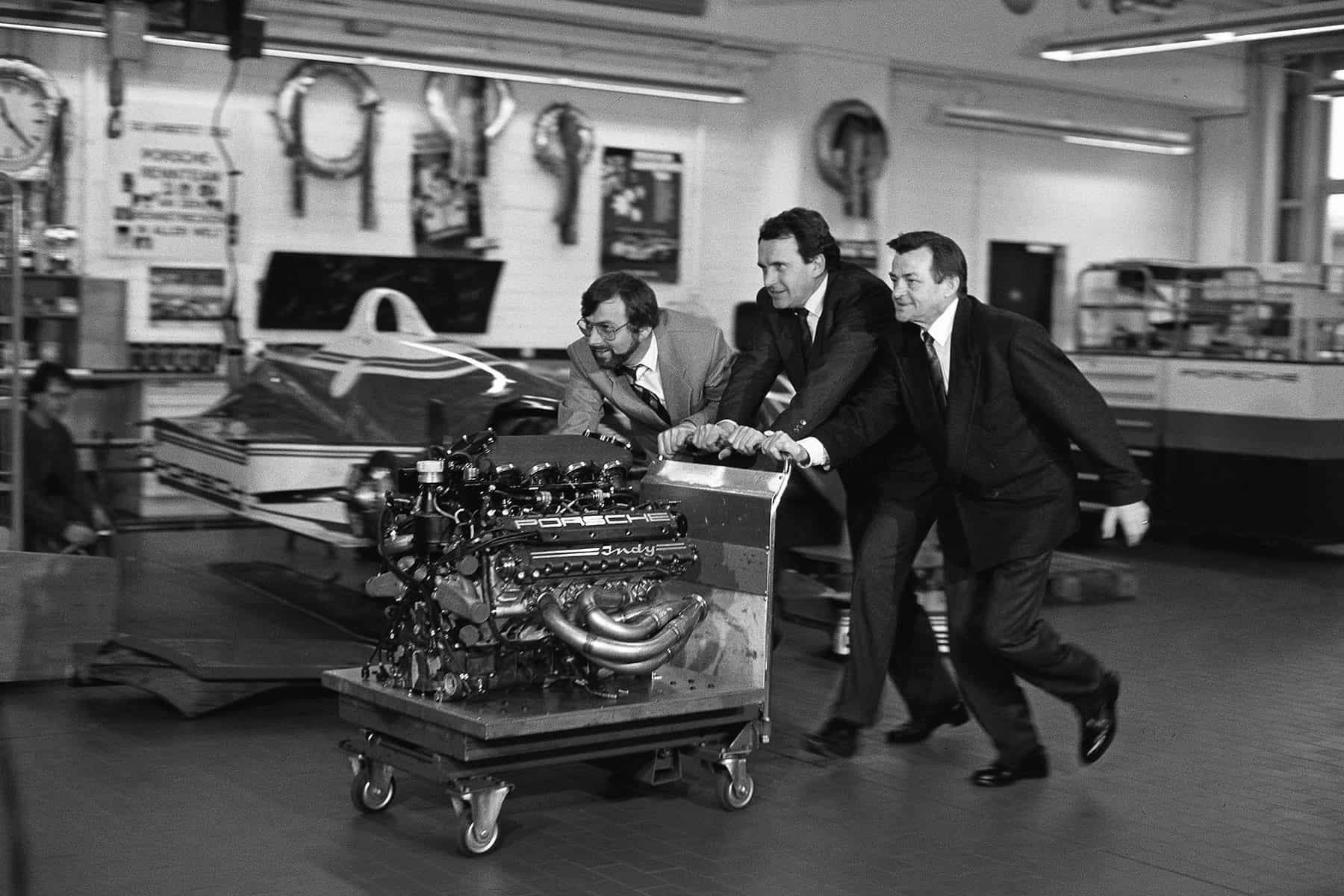
So elaborate was the eight that its assembly demanded 220 skilled man-hours, an almost unbelievable 27½ eight-hour days—which of course do not exist in the world of racing. For comparison it took no more than two such man-days to assemble a six-cylinder Carrera engine. Mezger made the best of it, during 1962 authoring several major changes of valve angles and combustion chambers that would have shown to advantage had Porsche not canceled its Formula 1 effort after the 1962 season.
For Monza in 1962, Porsche’s Formula 1 engines had a trick the engineers had been eager to try. They installed an electromagnetic clutch in the drive to the cooling fan that could disable it at the touch of a switch. They found that it was safe to cut it out of operation for eight to ten seconds without hazarding the engine’s health. But, Mezger admitted, “one hardly felt the eight horsepower or so that were saved.” Mezger even dyno-tested a more advanced version that used a thermostat to reengage the fan automatically when engine temperature rose above a certain level.
From the raw material of the Grand Prix Type 753 Hans Mezger fashioned the 2.0-liter Type 771 which continued in sports-car racing after 1962 and which, in 2.2-liter form, enjoyed important successes in the 907 chassis as late as 1968. Though it was a potent weapon in Porsche’s sports car arsenal, the eight was pure hell to work on. It was as hard to adjust the valve timing on the early eight, said Mezger, as it was to do the same job on the twelve-cylinder 917.
Hans Mezger was also drawn into the design of a new engine to suit the successor to the 356. The first effort to crack this problem produced ungainly flat sixes with vee-inclined overhead valves operated by pushrods from two camshafts, one above and one below the crankshaft. Though these produced the desired 130 bhp in 2.2-liter form they had limited potential for development and no usefulness for racing.
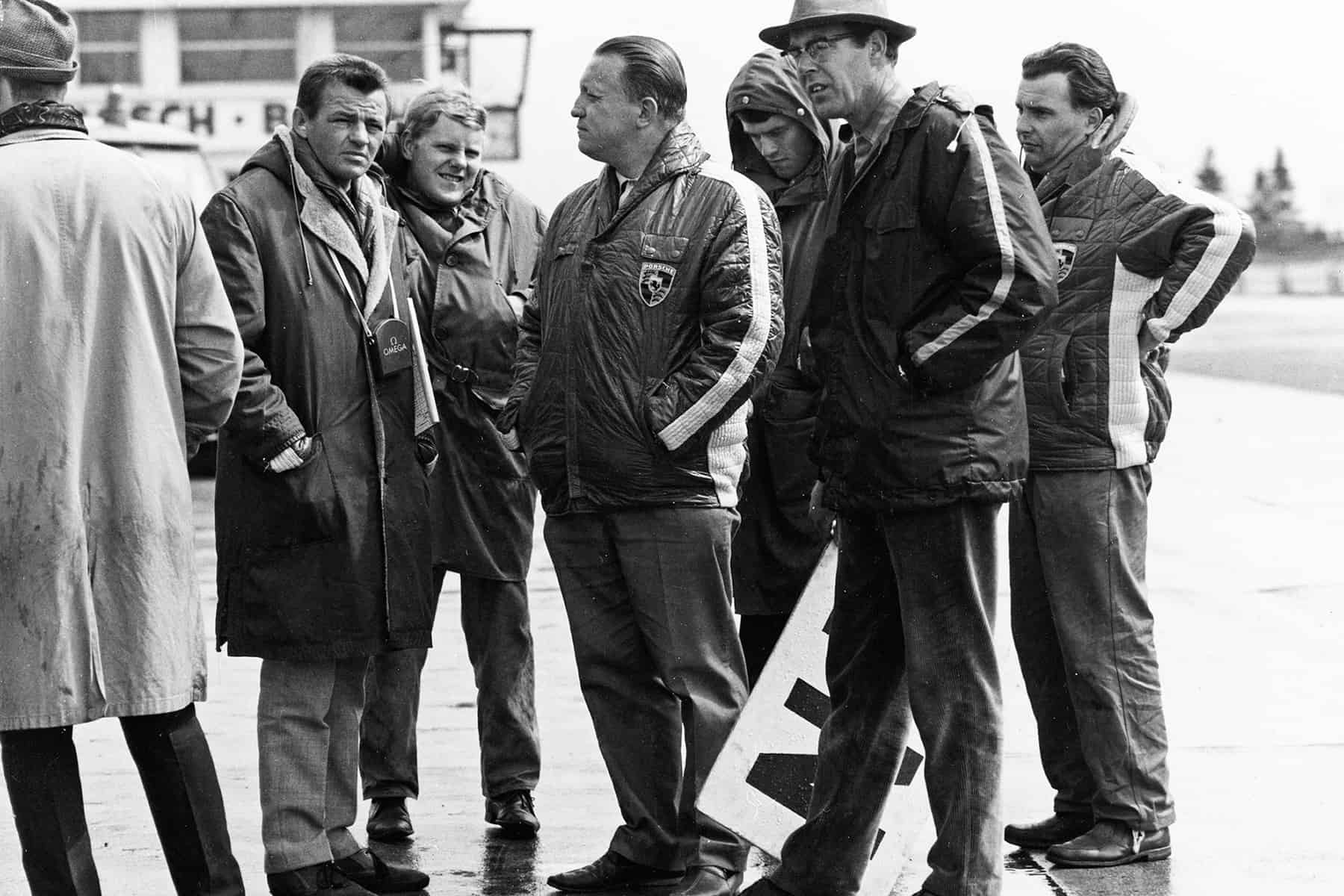
By 1963 the planned flat six for the 901 was transformed completely. It now had chain-driven overhead camshafts operating the valves through rocker arms. What provoked this change? Hans Mezger put it succinctly and with a smile: “We decided that if we were going to all the trouble of having two camshafts we might as well put them in the heads!” Working from the overhead-cam prototype prepared by Leopold Jänschke’s team, Mezger refined the design of the final 901/911 six. Its development was overseen by Ferdinand Piëch in his first major engineering project at Zuffenhausen.
Piëch was the driving force behind the setting up of a separate department for Konstruktion Rennfahrzeuge, headed by Mezger, in 1965. This was the result of the realization that past experience wasn’t being used to advantage. The turnover of projects in the Porsche drawing office was so rapid that new men were often put on racing jobs who had no inkling of how such efforts had been tackled and resolved in the past.
“Everybody started afresh each time,” said Mezger. “The guy who worked on the last job two years ago had left or was assigned to another project.” This pattern was especially clear during turbulent personnel changeovers in the early 1960s. It was time for a change. “We felt it was better for racing projects to have the same people do the work all the time,” Mezger recalled. It was a tribute to his skills that he was named to head this new effort.
This department was the key to a new dynamism in motorsport for Porsche. It was an exciting, fascinating time in the mid-1960s. “Sometimes we worked around the clock,” said Mezger, “like in 1965 when we created the Ollon-Villars Bergspyder in just 24 days and shortly thereafter the 910.”
With their marriage of a tubular space frame with fiberglass bodies and suspensions that could use the latest Formula 1 tire technology, these cars set the pattern for the racing Porsches built through the 1970s. It was a thrust that culminated in the first Le Mans victory of 1970 and the sensational turbocharged Can-Am cars that were the culmination of the 917 concept.
Well able to frame and articulate his design ideas, Hans Mezger was often asked to explain them to the members of the Society of Automotive Engineers. In one such presentation, he explained the approach to engineering that he shared with Porsche’s technical chief, Helmuth Bott.
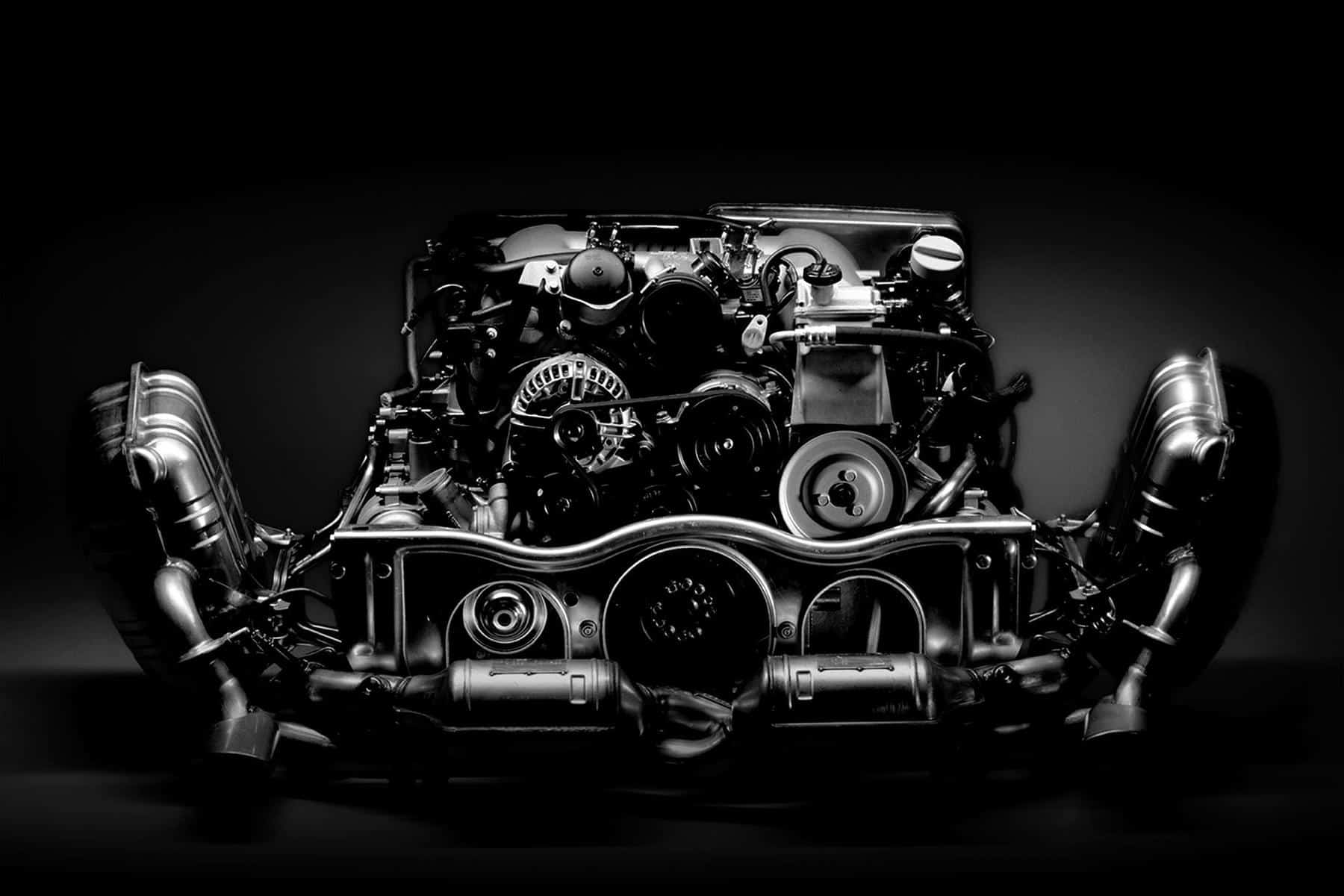
“We know what we can take over from earlier designs,” Hans said, “and we also know what we do not want to take over. One thing is evident: the more experience, the smaller the risk in a new development, and the quicker—and thus also the cheaper—the development process. Porsche likes development work, and its participation in racing is one among several reasons for this.”
The last time I was in touch with Hans I asked him for permission to use some power graphs from his book Porsche and Me in my update of “Excellence”.
“With pleasure I hereby give you the permission to use graphs from my book for updating your history of Porsche,” he replied. “Will the title be Excellence Was Expected, the best possible title for a Porsche book? I still own the first edition from 1977. During all my time with Porsche, Excellence Was Expected was in my mind.’
This message came at a time when we were wobbling over the title – with a book so greatly transformed, shouldn’t it have a new title? Needless to say, Hans made us happy to stick with the original title. I will greatly miss Hans Mezger. Any questions arising could always be answered by the Rennmezger. He, after all, had been there and done that.


![alfa gtz perfectly imperfect webannerl[1]](https://automedia.revsinstitute.org/wp-content/uploads/2024/08/Alfa-GTZ-Perfectly-Imperfect-webannerl1-uai-1200x800.jpg)
